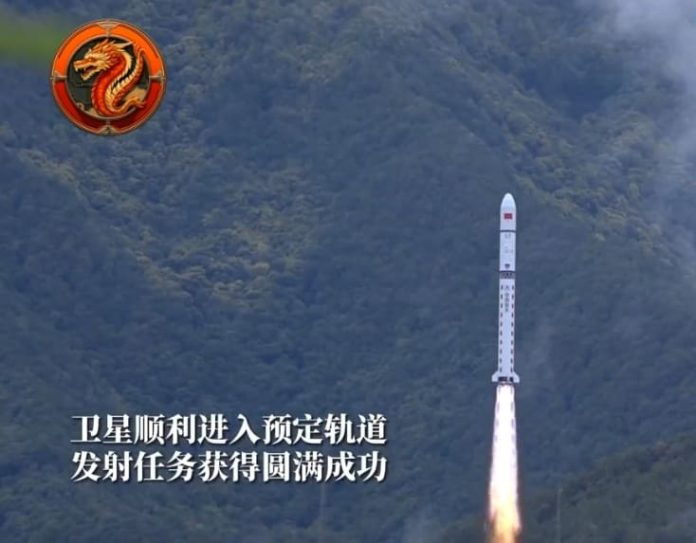China launched the second Yaogan-42 (Yaogan-42, “remote sensing”) reconnaissance satellite a few weeks after sending the first such satellite into a similar orbit.
The Changzheng 2D rocket was successfully launched from the Xichang Satellite Launch Center on April 20 at 19:45 Eastern North American Time (23:34 World Coordinated Time). The launch was announced by China Aerospace Science and Technology Corporation/CASC within an hour of its occurrence.
In a statement, CASC indicated that the payload, previously unreported, is the second satellite in the Yaogan-42 series.
Neither CASC nor Chinese state media provided any details about these satellites. These statements lack the usual general descriptions of the Yaogan satellites, which typically include information such as the satellite’s purpose, its dimensions, and its expected lifespan.
Some Yaogan satellites are described as intended for use in land management, crop yield assessment, environmental management, meteorological warning and forecasting, and disaster prevention and mitigation. Other uses include “electromagnetic detection and related technical testing.”
The U.S. Space Force’s 18th Space Defense Squadron/SDS is responsible for tracking the Yaogan-42 (02) satellite, which is situated in a 491 × 502 km orbit inclined at 35° and with an angular separation of 142° from the first Yaogan-42 satellite, which was launched on April 2 into the same orbit.
According to external observers, the Yaogan satellites are designed for both military and civilian purposes. The various Yaogan series include optical imaging satellites, synthetic aperture radar/SAR satellites, and electronic intelligence/ELINT satellites.
This combination of capabilities provides high-resolution, all-weather, day and night imaging, as well as the collection of electronic signals from radars, communications systems, and other electronic devices, covering both land and sea.
In recent times, U.S. officials have expressed concern about China’s expansion of reconnaissance satellites. In January, Senior Master Sergeant Ron Lerch of the Space Systems Command/SSC Intelligence Directorate warned that reconnaissance spacecraft are providing the Chinese People’s Liberation Army with unprecedented surveillance of U.S. and allied activities in the Asia-Pacific region and other hotspots.46 Additionally, the intelligence community has expressed concern about China’s increasing number of reconnaissance satellites.
Among the most notable additions to the series is Yaogan-41, which was launched into geosynchronous orbit in late 2023. This satellite was launched on China’s largest rocket, the Chang-Zheng-5. The mission utilized a new extended payload fairing with a length of 18.5 meters and a diameter of 5.2 meters. Furthermore, China launched the Ludi Tance-4 (Ludi Tance-4) satellite in August of last year, which is believed to be the world’s first satellite equipped with synthetic aperture radar (SAR) technology in a geosynchronous orbit.
In conjunction with data from other Chinese surveillance satellites, the “Yaogan-41” satellite could provide China with an unprecedented capability to identify and track car-sized objects throughout the Indo-Pacific, thereby endangering numerous U.S. and allied naval and air assets operating in the region. In January, Clayton Swope, a former U.S. intelligence official and current senior fellow at the Center for Strategic and International Studies (CSIS), stated that the satellite would be operating in the region.
The launch on Saturday marked China’s 17th orbital mission in 2024. The country plans to conduct approximately 100 launches in 2024, with the China Academy of Space Technology (CAST) conducting approximately 70 and China’s commercial launch providers conducting approximately 30.
In the near future, the China Academy of Space Technology (CAST) will conduct two significant launches. On April 25, the Shenzhou-18 manned spacecraft is scheduled to launch from the Jiuquan Space Center in northwest China to the Tiangong space station. On May 3, the Chang’e-6 (Chang’e-6) mission, which is the first to deliver samples from the back side of the Moon, is scheduled to launch from the Wenchang Space Center.













